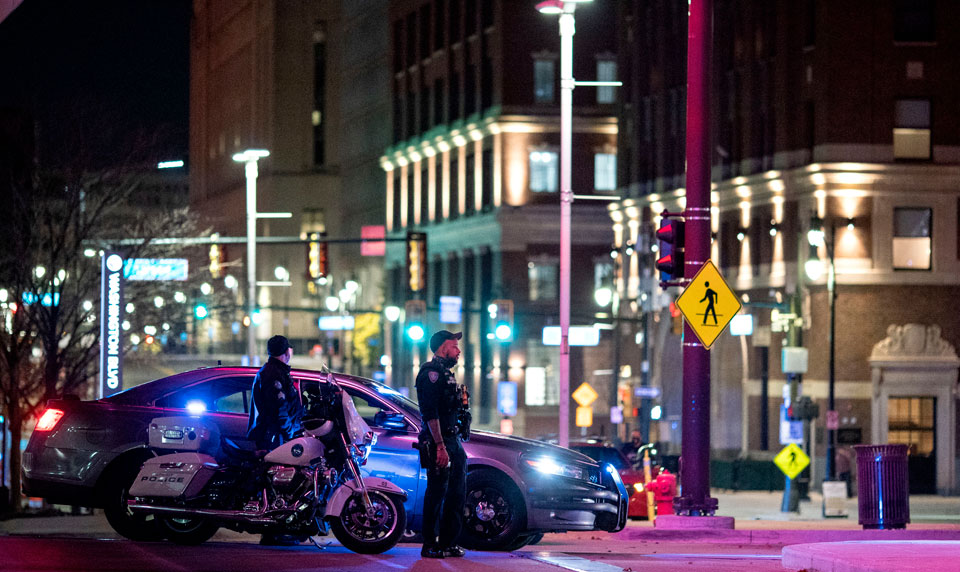
DETROIT—The Detroit Justice Center recently released infographics on policing in the metro area. The graphics focus mainly on annual budgets, spending, and overtime expenses for police. The report also highlights arrest statistics.
With several links to other resources and statistics, the report put together by the Justice Center is highly informative regarding how much of city budgets actually go to the police. In several cities, a plurality of the budget goes to their police department. In one example, the city of Warren spends 60% of its budget on public safety—$48.9 million of that goes directly to the police department—and in 2022 Warren P.D. has budgeted $1.98 million alone for overtime and holiday pay for officers.
Similarly, Dearborn P.D. has spent $2.37 million for officers’ overtime and $1.96 million on weapons alone so far in 2021. The total police budget in the city of Dearborn is $47.1 million. The police budget of Sterling Heights is currently $39.4 million and has continued to increase year over year, now consuming around 34% of the city’s general fund. Royal Oak’s police budget is even greater proportionally, sucking up nearly 50% of the city’s general fund.
Other important information provided regards the police and mental illnesses: According to the report, 1 in 4 people killed by the police have a serious mental illness (1 in 2 have a disability). It also outlines the problems of the carceral system, noting 37% of people in prison (44% of those in jail) have a diagnosed mental illness.
One of the linked resources is Livonia’s arrest statistics, which are broken down by gender and race. In 2019, Black males made up 38.5% of total arrests, while Black females made up 21.7% of the total arrests. According to the U.S. Census Bureau, the city had an estimated Black population of 4.3% in the same year.
A town hall regarding the “false promise of reform,” The Pathway to Abolition, was a presentation on the abuses of police power in Dearborn. This presentation is also linked in the resources of the Justice Center’s pamphlet.
The Pathway to Abolition’s mission statement is clear in the third slide: “We reject the racist explanation that racially disparate outcomes are the natural result of fair practices.” It also outlines some “non-negotiables”: 1) racism exists; 2) lived experiences are valid, 3) impact over intent; 4) the oppressed can be oppressor; and 5) social barriers are human-made.
The findings represented in the slides that follow are similar to those of Livonia’s arrest statistics: Black people are overrepresented while white women are underrepresented. One of the most staggering statistics is that the arrests of Black people in Dearborn were almost equivalent to the total Black population of Dearborn in 2019, and most arrests are for non-violent offenses such as traffic violations and outstanding warrants.
Questions of who these departments and their budgets serve and protect have already been answered. Between the Detroit Justice Center and Accountability for Dearborn, organizations all over Metro Detroit are pushing to reduce police budgets, taking on the racist practices of these departments, and limiting the power of the police state. Even Detroit’s members of Congress are behind the efforts.










